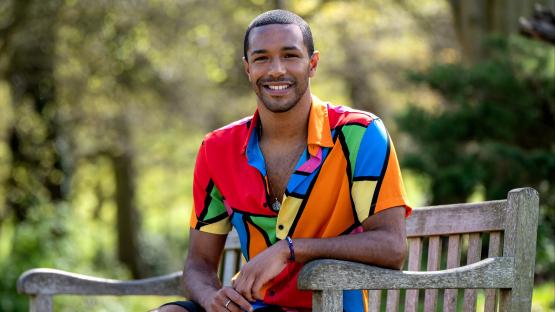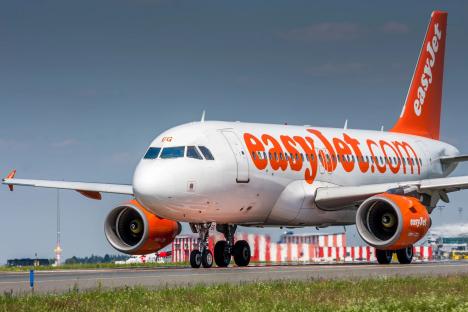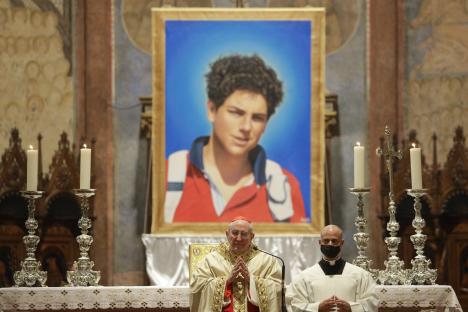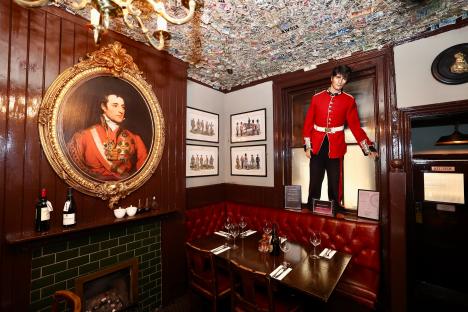Anyone who's driven the Sea-to-Sky Highway between Vancouver and Whistler in the last decade will likely have noticed that many of the signs along the route feature names in both English and the Squamish language.
The bilingual signs were a product of an agreement in the run up to the 2010 Olympics, and they've resulted in plenty of questions for the Squamish nation — like why some words have an upside-down 7 in them, or how are the names pronounced.
Now, a Squamish Nation member has produced a series of videos to teach people how to say the names.
“The videos were created in an initiative to help British Columbians and world travelers to experience Squamish language and what it feels like to speak in the Squamish language,” Squamish Language Project specialist Aaron Williams said.
Read more: UBC Okanagan, partners establish first-ever Indigenous languages fluency degree
“I really enjoy it because I think we need to have more connectivity in this world than separation.”
The most common question the Squamish get, according to Williams, is about that upside down “7.”
It represents a sound called a glottal stop, which is made by obstructing airflow in the vocal tract — such as when saying “uh-oh,” Williams explained.
The other common request is for pronunciations of the different names along the route.
Read more: UBC student's project translates COVID-19 information to world's Indigenous languages
In response, Williams began uploading video tutorials to Facebook in March.
“The whole idea was one, to circumvent the conversation about how to say the names along the Sea-to-sky,” he said.
“Two, it's the most addressed conversation known to our people since 2010. How do you say this name for Callahan Creek? How do you say this name for Deeks Creek? How do you say this — ongoing.”
Williams was well-suited to the job.
As a child he was taken to live with his grandmother who was fluent in the Squamish language, in an era when most Indigenous children were being stripped of their language and culture.
To complete the project, Williams took a photo of each bilingual sign along the Sea-to-Sky, then produced a series of four videos going through the pronunciation of each name.




